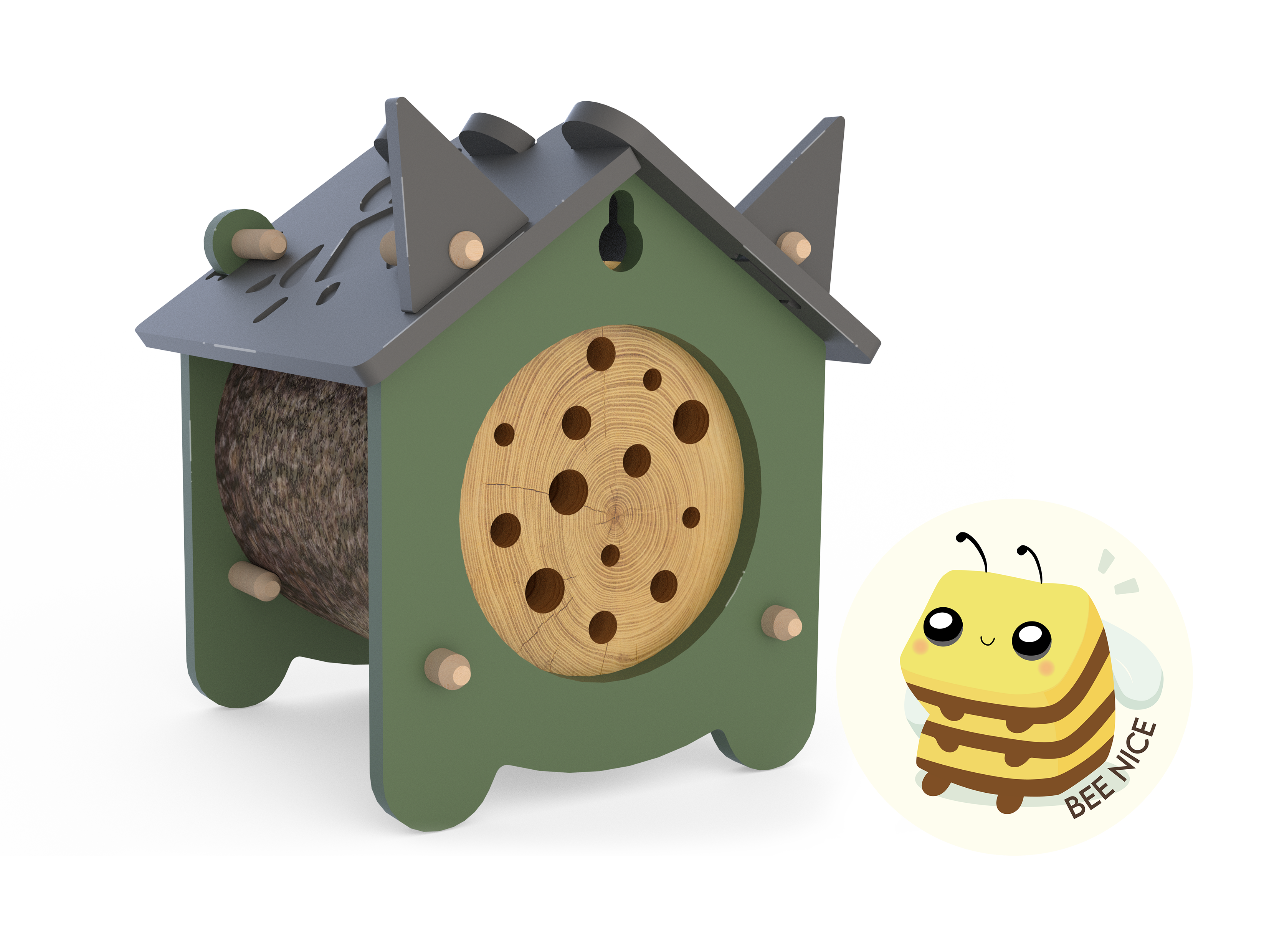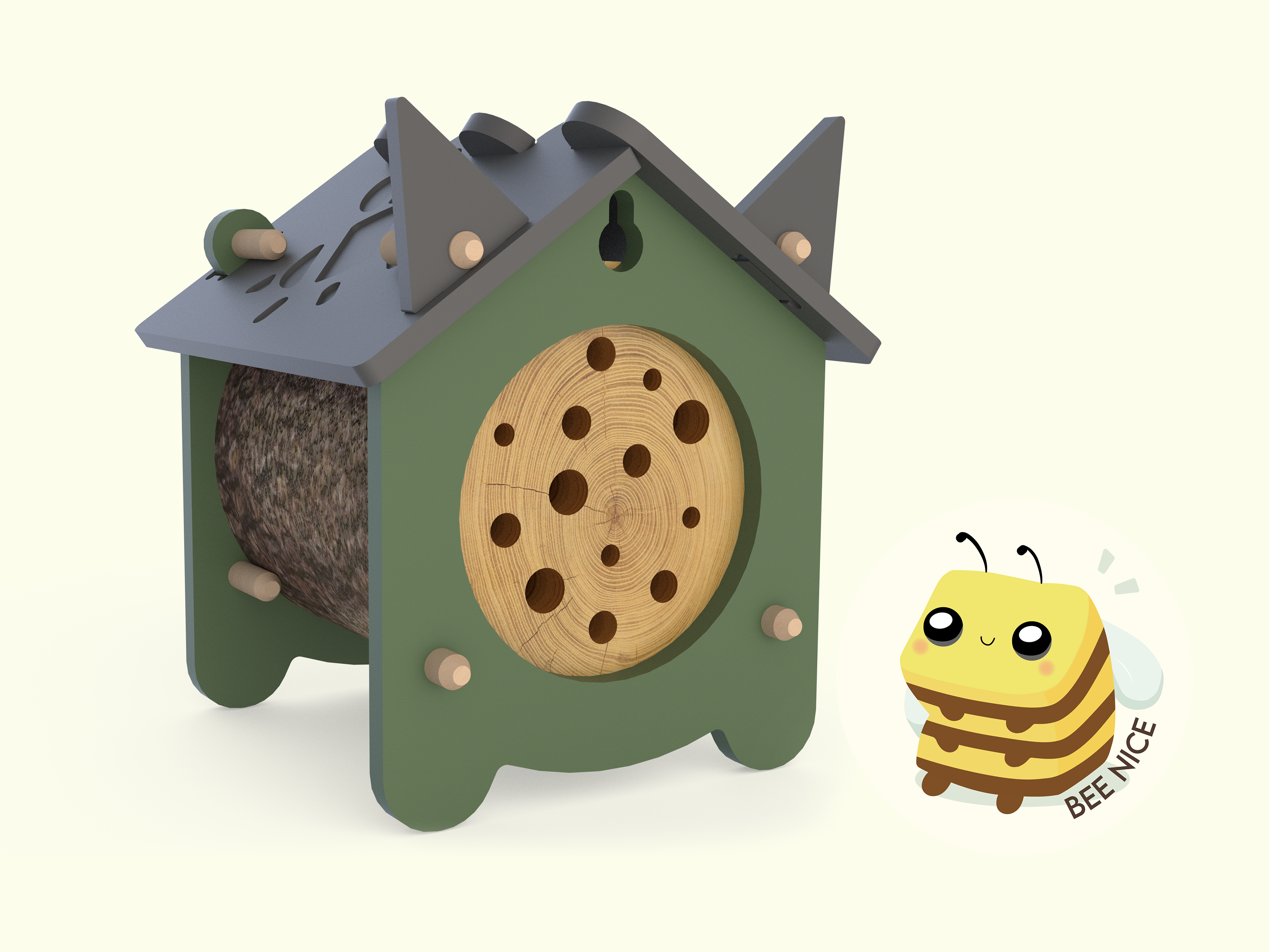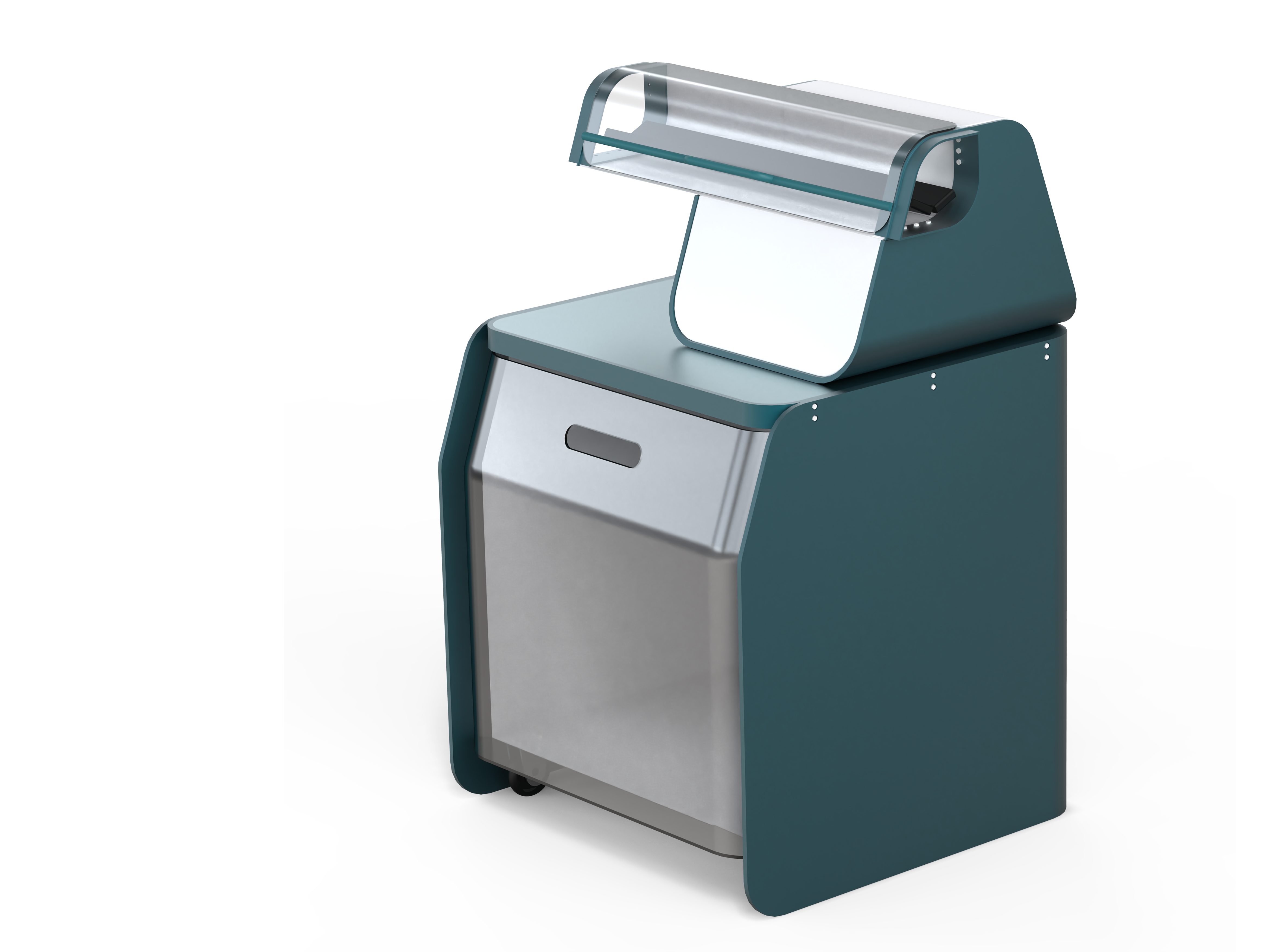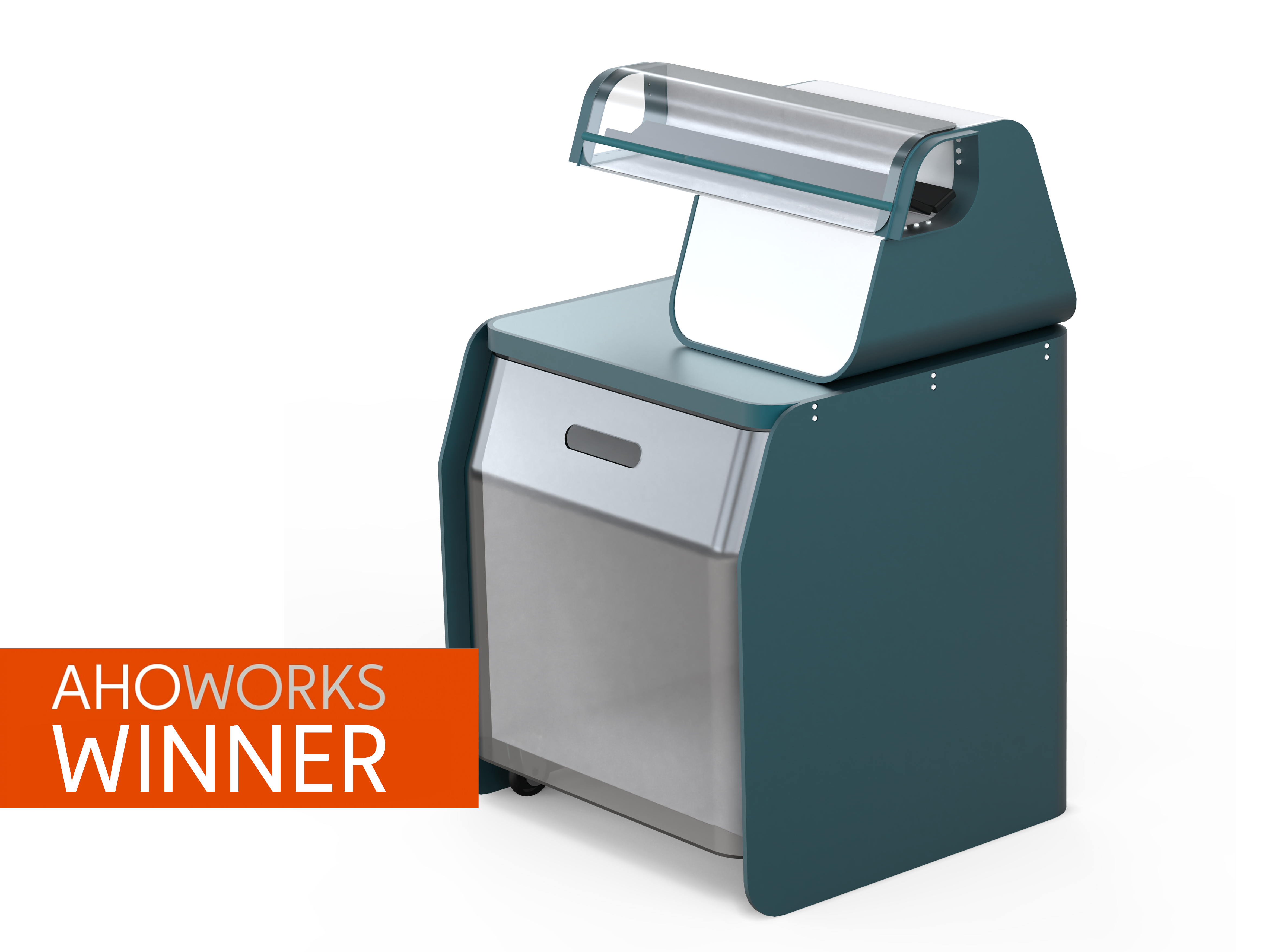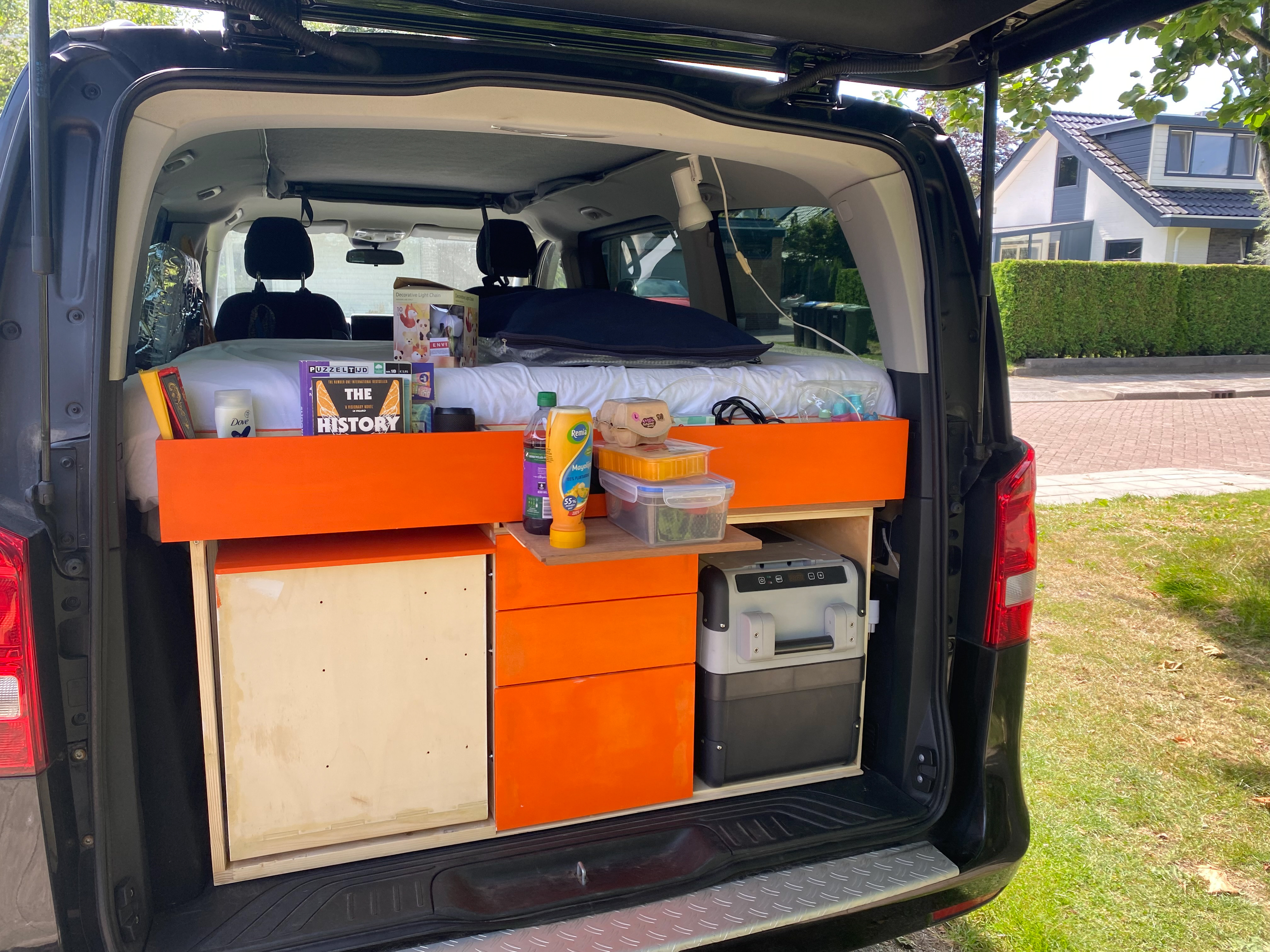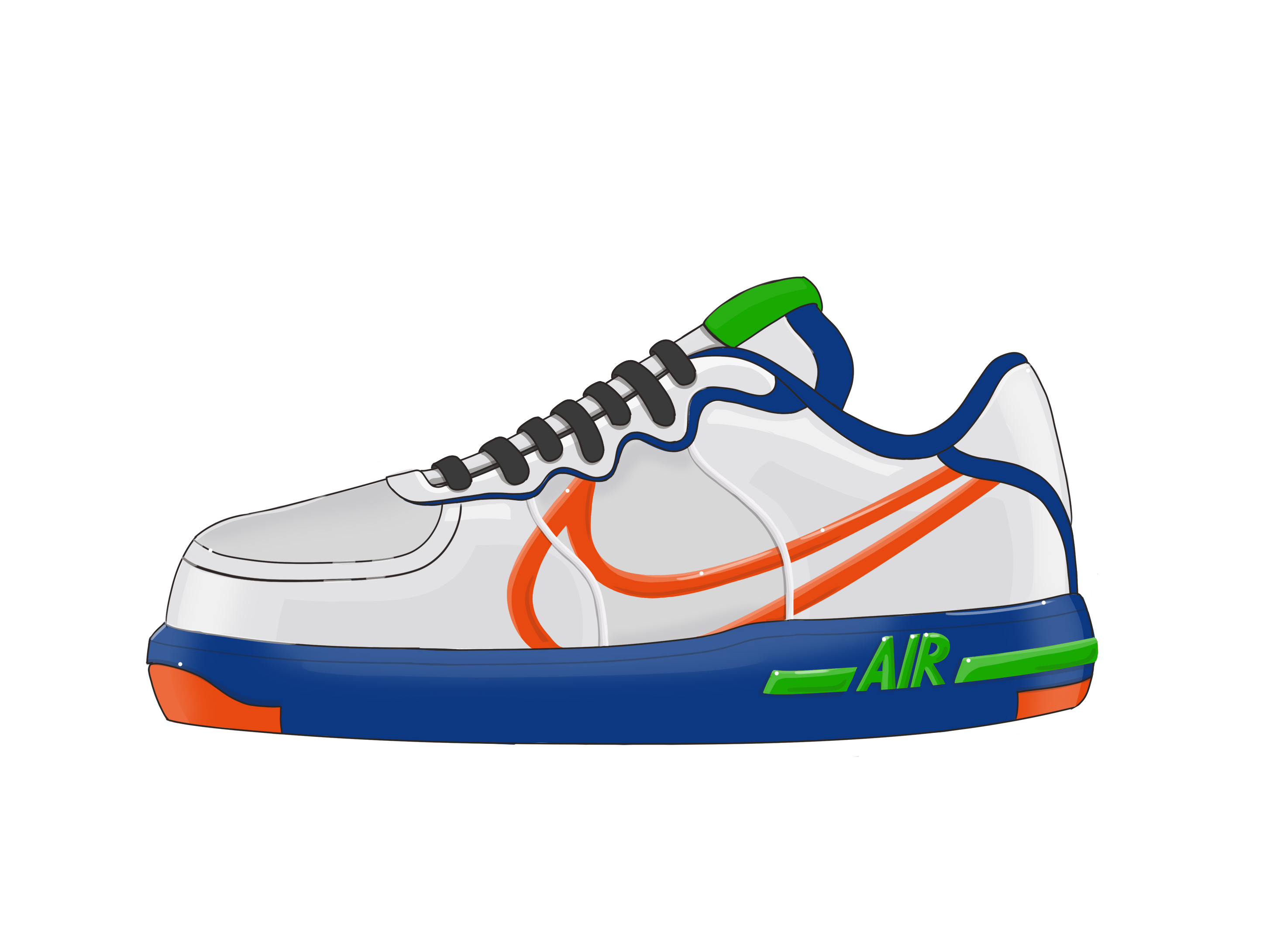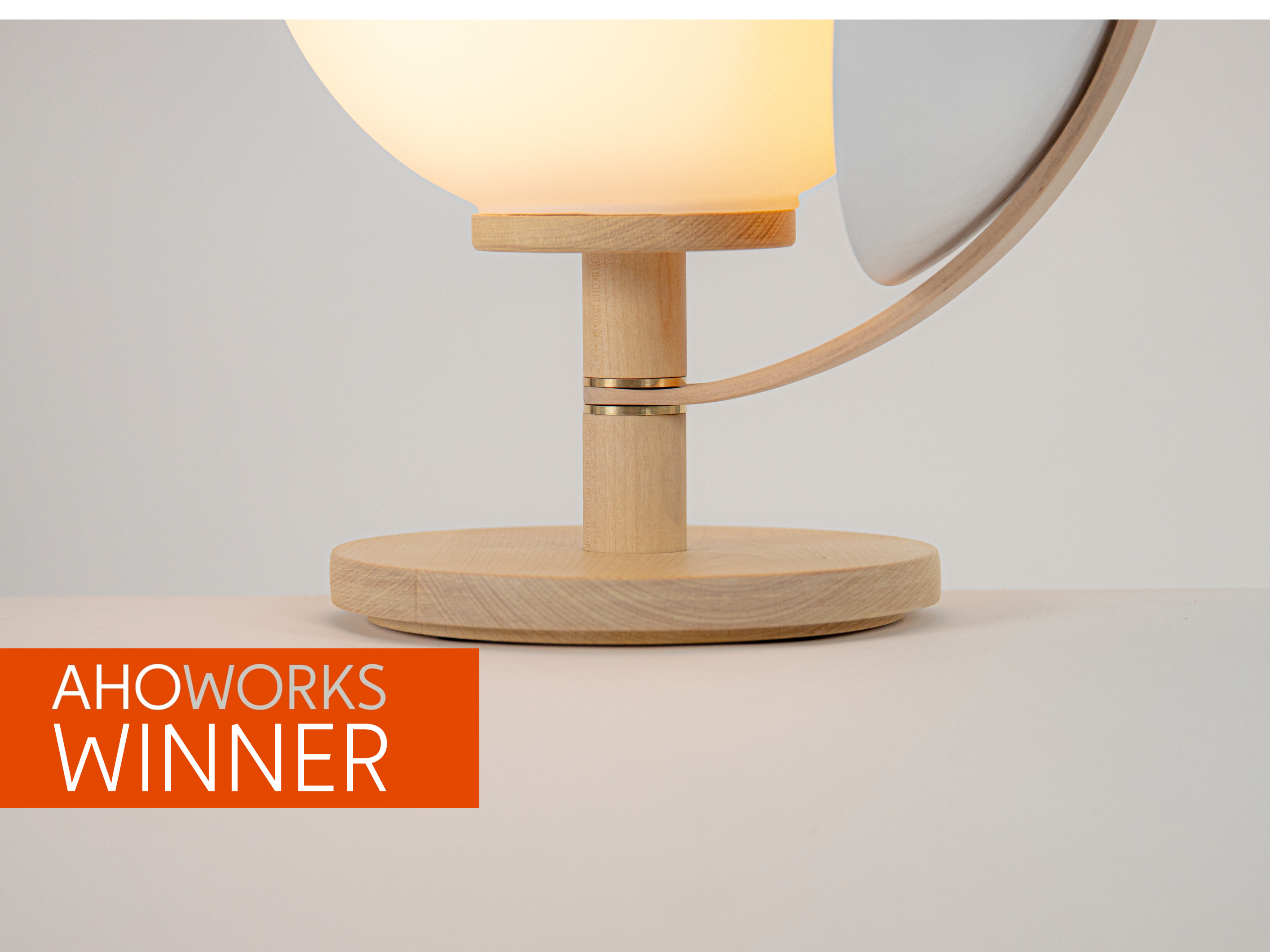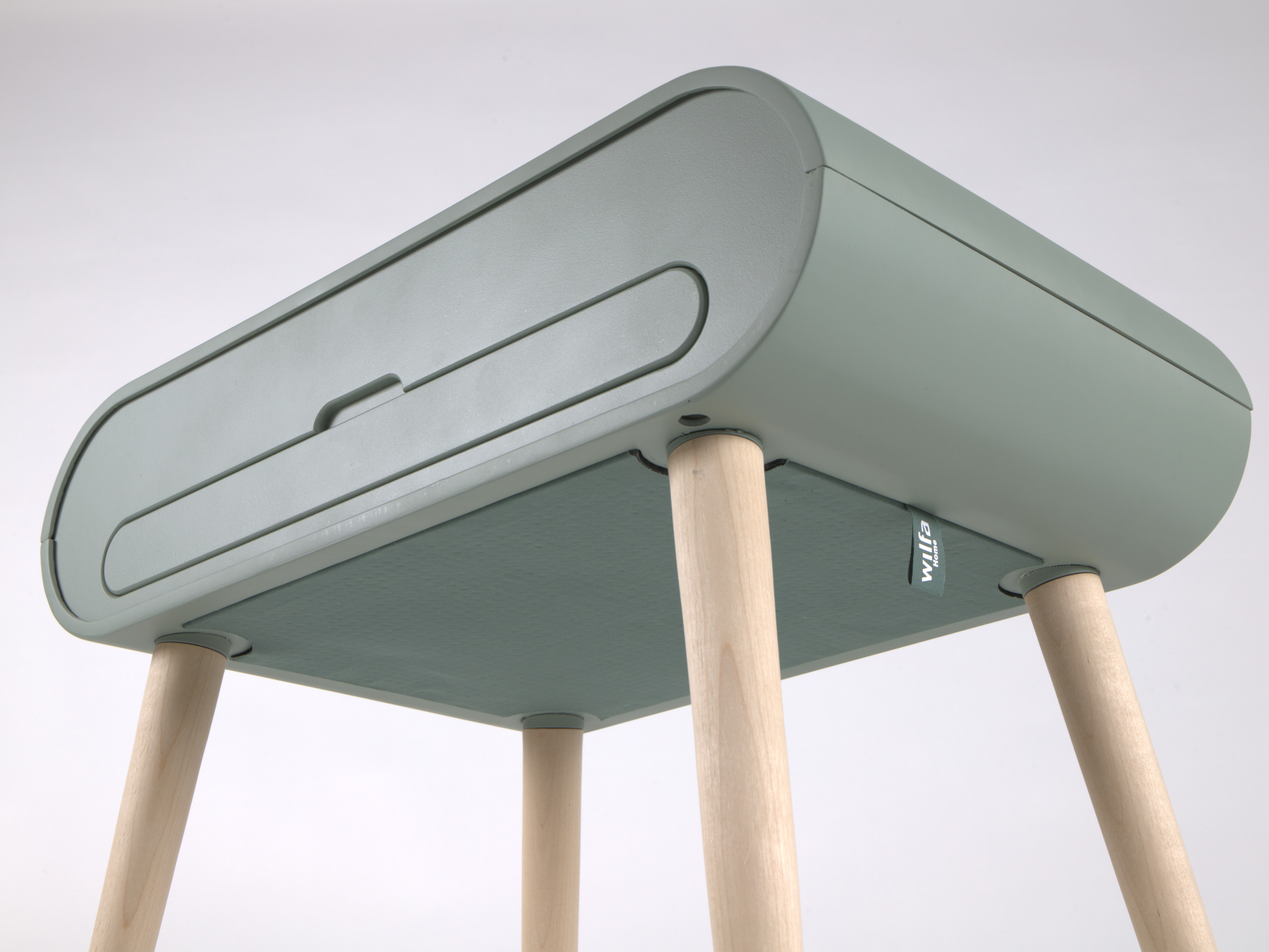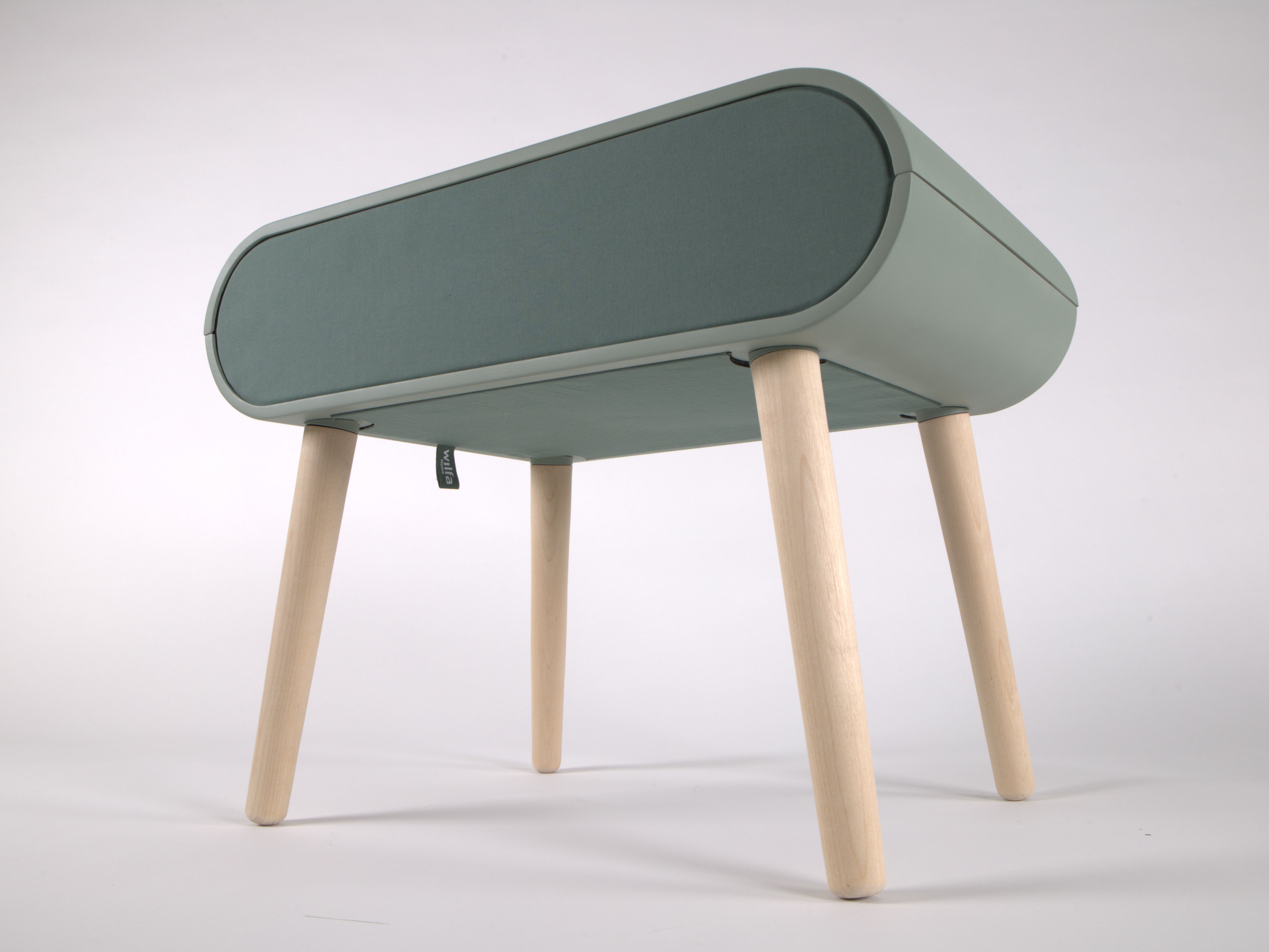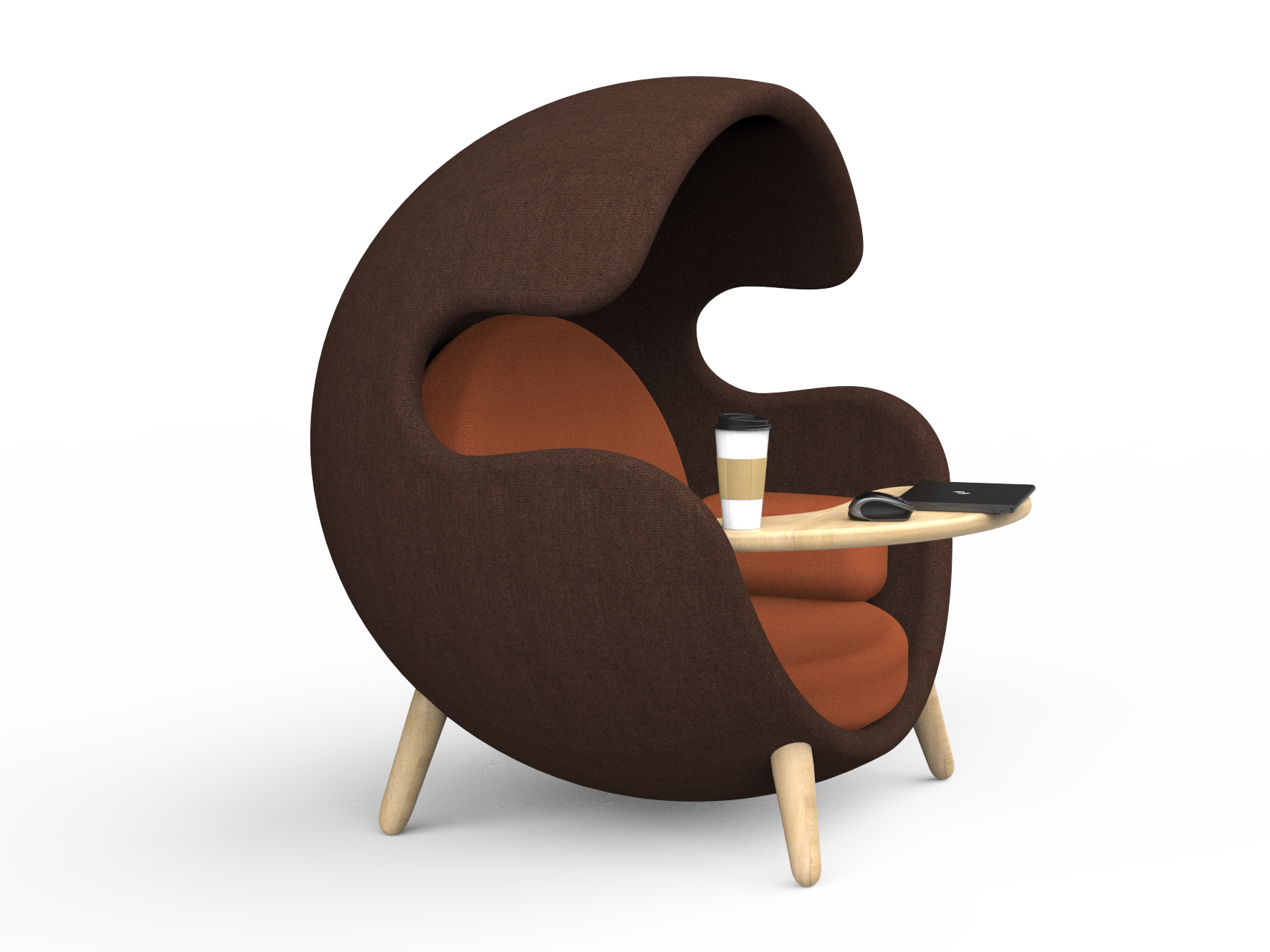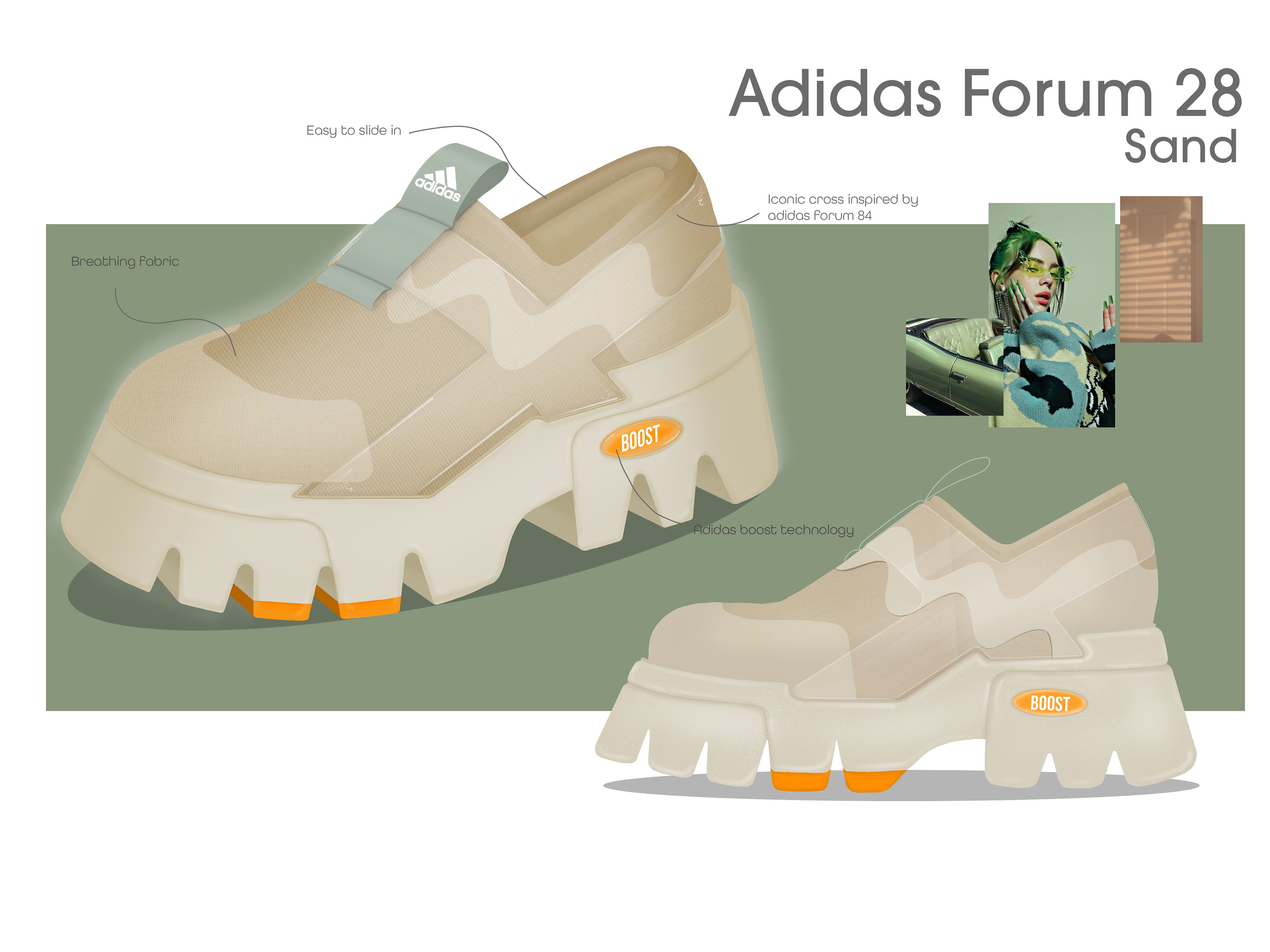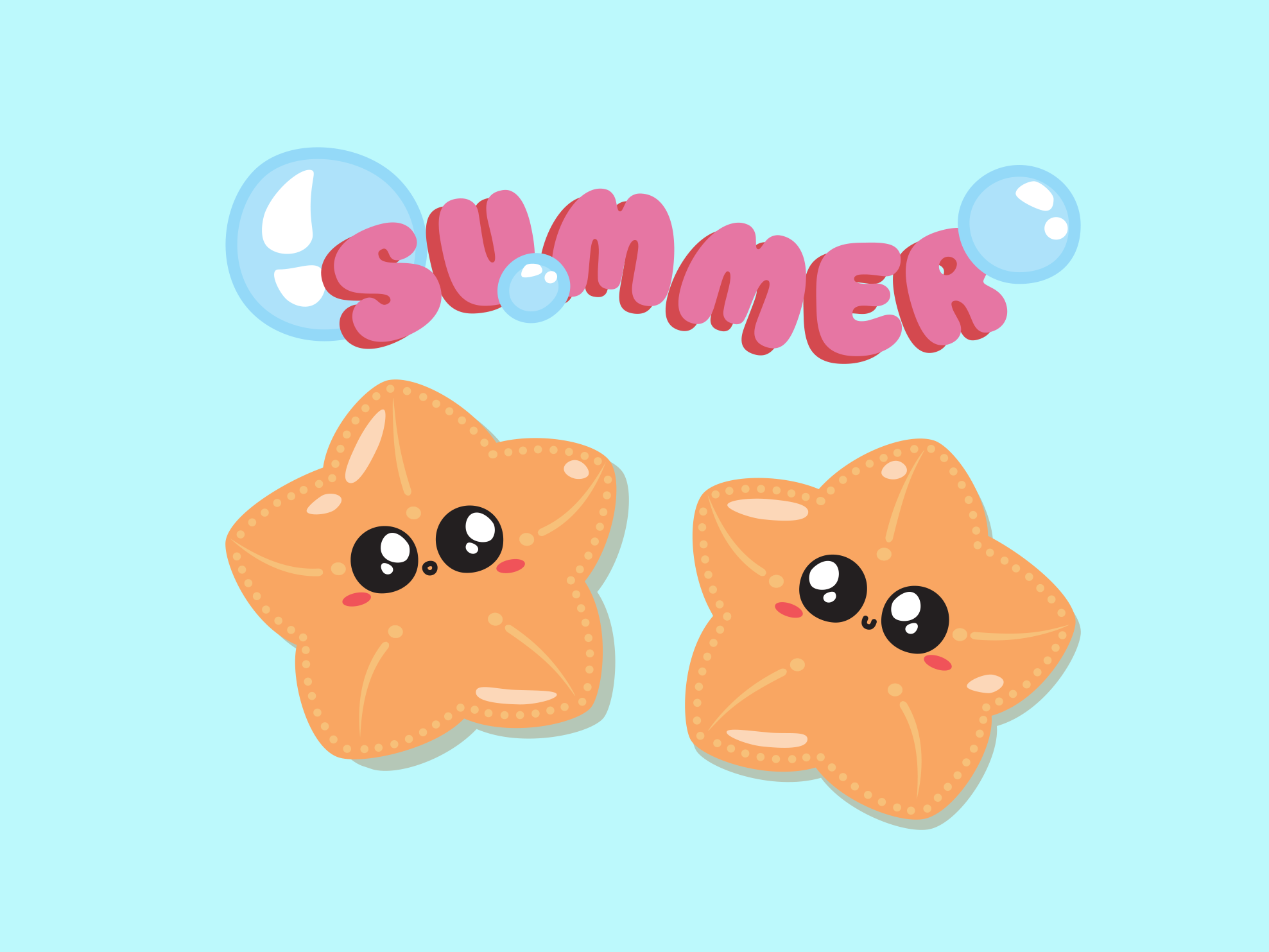Introduction
My thesis 'Illuminating Emotional Durability' explores how emotional connections between people and products can lead to more sustainable designs. When we’re attached to a product, we care for it more and are less likely to replace it prematurely. While designers often focus on technical sustainability—like reducing materials—this overlooks that users may discard products before they’re worn out. As Lassen (2021) notes, extending a product’s lifespan has the greatest environmental impact. Therefore understanding what fosters attachment is crucial for sustainable design.
The project aims to inspire designers by showcasing examples of emotional durability. I’ll identify key drivers of long-lasting owner-object relationships and create a series of ambient lighting solutions reflecting these drivers. While I can’t cover every factor, I’ll focus on the most important ones. Through this collection of lamps, each representing a different key driver, I hope to capture the essence of the bond between people and their cherished products. This will help users and designers understand how specific factors influence their attachment, leading to more informed, sustainable choices.
Tasks
1. Explore the feasibility of emotional durability in industrial design.
2. Simplify the implementation of emotional durability in industrial design.
3. Develop a more holistic approach to sustainable design.
The project consists out of three phases
Phase 1:
In this first phase, I’ll look at how well emotional durability is understood and its importance in design. I’ll also create a clear framework by combining existing theories into one simple overview (see image on the left). This will help product designers implement emotional durability more easily, using it as a tool for brainstorming in design.
In this first phase, I’ll look at how well emotional durability is understood and its importance in design. I’ll also create a clear framework by combining existing theories into one simple overview (see image on the left). This will help product designers implement emotional durability more easily, using it as a tool for brainstorming in design.
Phase 2:
To make emotional durability more practical, I’ll engage in practice-based research by designing tangible artifacts, each artifact embodies a different driver of the emotional durability framework. These artifacts will help clarify each driver for myself and other designers, serving as practical guides for implementation. These artifacts are research tools, not commercial products.
To make emotional durability more practical, I’ll engage in practice-based research by designing tangible artifacts, each artifact embodies a different driver of the emotional durability framework. These artifacts will help clarify each driver for myself and other designers, serving as practical guides for implementation. These artifacts are research tools, not commercial products.
Phase 3:
Building on my previous work (bachelor thesis) in technical durability, I’ll combine both technical and emotional durability to design one final product. The artifacts from Phase 2 will undergo user testing to test their appeal, usability, and emotional impact. This feedback will be de foundation of the development of the final product. This final product will mark my progress toward becoming a holistically sustainable designer.
Building on my previous work (bachelor thesis) in technical durability, I’ll combine both technical and emotional durability to design one final product. The artifacts from Phase 2 will undergo user testing to test their appeal, usability, and emotional impact. This feedback will be de foundation of the development of the final product. This final product will mark my progress toward becoming a holistically sustainable designer.
Phase 2
During this phase I created one artifact for each driver of the framework, the framework has 9 drivers so 9 ambient lighting solutions where made
The Enjoyment characteristic
Enjoyment-based product attachment is achieved by offering novel, interesting, or exciting functionality, content, or interactions that capture the user's attention (Hassenzahl, 2003). According to Chapman, "A captivating narrative must tap into our deepest desires, dreams, and fears to keep us enchanted. Knowledge and understanding can ruin this magic. To remain engaging, durable narratives must avoid being fully understood, preserving their sense of mystery."
The Enjoyment lamp
This lamp features an oversized oval shade and a small base, creating a deliberately unbalanced look, as if the "head" is too big for the "body." This design choice aims to intrigue the user, sparking curiosity and interest. The lamp’s appearance also changes dramatically from different angles, providing visual stimulation. Additionally, it can be repositioned from a lying to a standing oval shape, giving it a new character and keeping it visually engaging over time. The exaggerated proportions—large shade and tiny base—highlight the designer's focus on emphasizing functionality.
Quotes from workshop:
‘As someone who has sold lamps, this design stays with the user because of the possibility of changing its appearance and because of its functionality.’
‘It’s quirky. And its appearance changes a lot between the different configurations. It’s like owning 2 lamps for the price of one. And the orange accents are cool and retro.’
The Detachment characteristic
Detachment is a unique form of emotional durability where users feel no emotional connection to a product and have low expectations, which leads to a more favorable perception due to the lack of emotional demand. Chapman suggests that attachment can be counterproductive, as it raises user expectations to a level that is often unattainable.
The Detachment lamp
For the detachment characteristic, I kept the lamp very simple. It’s designed to fit seamlessly into any space without asking the user to make difficult interior decisions. The lamp serves only to provide ambient light, nothing more—so much so that its absence might go unnoticed. The design process involved sketching basic shapes to find one that was modern, simple, and visually non-intrusive. A cylinder emerged as the least interesting and most fitting for this purpose.
Quotes from workshop:
‘It is quite basic compared to the other lamps’
‘It is anonymous’
‘Simple and Scandinavian design’
The Rewarding characteristic
A product-person relationship becomes durable when it is rewarding. Mutual altruism can help strengthen this bond, the more time a user spends with a product, the more likely they are to grow attached to it.
The Rewarding lamp
For this lamp, designed with mutual altruism in mind, a modular approach was chosen. While adding electronics was tempting, it risked complexity and quick obsolescence. Instead, simplicity was prioritized, following Northern's advice to avoid niche markets and ensure broad appeal. The lamp’s straightforward design and easy interaction make it accessible, while the changing light color creates a rewarding experience for the user.
Quote from workshop:
‘I like the interaction, you can get color light in another way than having a colored lightbulb. It’s simple and smaller than some of the others. It could fit into many homes. it’s not boring, but not too much either. Doesn’t look like something that would be trendy for couple of months and then be thrown away.’
The Individuality characteristic
Individuality: People use physical objects to express themselves, so these objects must convey identity. Research shows that emotional attachment is linked to self-expression and group affiliation. For a product to offer a lasting experience, it must continue to reflect the owner's evolving identity over time, adapting as both identity and context change.
The Individuality lamp
The sketches for this concept explored two ideas: creating unique pieces that resonate with specific individuals and designing lamps that can be customized to suit personal preferences or adapt to different settings. The chosen design acts as a blank canvas, allowing users to display personal items like souvenirs or objects that reflect their personality. It offers versatility for seasonal decorations, such as Easter or Christmas ornaments, or can be left empty for a minimalist look, whether standing or hanging.
Quote from workshop:
‘The lamp gives you the space or chance to personalize it with things inside. And it reminds me of how back home we use the Danish cookie tins to store stuff in other than cookies and when you open it you were disappointed but with the lamp it’s more intentional of what can be in there and still it will be a surprise’
The Evoke memories characteristic
Products often evoke memories, especially when tied to personal experiences like how, when, or from whom they were acquired. Items with stronger memories tend to be kept longer. While heirlooms and childhood toys naturally hold this value, it's harder to create in new products. Designers can achieve this by incorporating metaphors from the past or evoking feelings of nostalgia.
The Evoke memories lamp
The goal of the lamp was to evoke nostalgia. While we all have different pasts, certain elements resonate with specific generations. To capture this, I brainstormed and tried to come up with things that are nostalgic to my generation like flip phone mechanisms and lava lamps. I settled on a two-color Rubik’s cube design this creates a more soothing and visually pleasing effect instead of the original colors, the rotation adds to the feeling of nostalgia.
Quotes from workshop:
‘Give me more practicality to experience it and also it looks so cool with the solid design.’
‘The cube is the most interactive, and fun. It has the most dynamic use I think, with the different layers and the possibility to put stuff on it.’
The Ideology characteristic
People often seek approval from reference groups, adopting their norms and striving to fit in. These groups may include country residents, religious communities, subcultures, or ethnic minorities. Objects tied to these groups symbolize ideas or philosophies, reflecting aspects of a person’s worldview. Examples include books, artworks, amulets, crucifixes, decorative pins, and precious stones.
The Ideology lamp
Inspired by the space age, this lamp can hold different meanings for various groups. For some, it might simply express a love for the space age, while for others, it represents a celebration of the technological advancements that marked the era.
Inspired by the space age, this lamp can hold different meanings for various groups. For some, it might simply express a love for the space age, while for others, it represents a celebration of the technological advancements that marked the era.
Quotes from workshop
‘Reminds me of another lamp design from my childhood. Also it looks like the planet Saturn, which I think is the coolest planet. I think it would look good on my book shelf!’
‘I like that it reminds me a planet. I also think its appearance is not too strong, which means you won’t get tired of it and it fits mainly everywhere’
The Surface characteristic
Patina is a necessary design consideration to help extend product lifespans in a graceful, socially acceptable way. Many products, like toys (e.g., Lego), electronics, and plastic containers, rely on consistent surface quality throughout their use. This stability is crucial to prevent the unnecessary disposal of these items.
The Surface lamp
This lamp features a frosted white globe glass shade, surrounded by three aluminum rings and supported by steel poles. The metal was chosen for its lasting aesthetic, where scratches or dents can enhance its charm. Each imperfection tells a story—perhaps from bumping into a doorframe while moving places —adding to the lamp's unique beauty over time
Quote from workshop:
‘I like the metal, reminds me of the sun and solar system, cool light distribution and I’m sure the shadows would look great on the wall’
The Unique characteristic
Unique: The uniqueness of a product is tied to its perceived “soul.” The stronger this emotional connection, the more likely users are to cherish the product. Mass-produced items often appear machine-made and lack a sense of life. Intentionally incorporating imperfections can counteract the flawless finish of machines, aiming to infuse the product with a sense of soul and individuality.
The Unique lamp
This lamp aims to blend the perfect uniformity of mass production with the charm of handmade imperfections. The orange and white components, along with the glass half-globe, are machine-made. However, tiny specks of dust or fragments of colored glass are intentionally added to the mold, disrupting the machine's perfection. These "mistakes" give each lamp its own unique character, ensuring every piece is one-of-a-kind.
Quotes from workshop:
I like it because of how it casts the lights in different ways. Also the contrasting orange is cool. The orange adds unique lights to the shadows as well.’
‘Too complicated, and impractical. Reminds me of bad sci-fi movies’
‘Too complicated, and impractical. Reminds me of bad sci-fi movies’
The Consciousness characteristic
The stronger the sense of consciousness in a product, the more likely users are to cherish it. The product is seen as autonomous, with its own free will—quirky and sometimes temperamental. Interacting with it requires skill that can only be fully mastered with practice.
The Consciousness lamp
To capture a sense of consciousness, I explored organic shapes through sketches with subtle animal-like cues. The result is a fish-shaped lamp with an abstract design, open to various interpretations. The loosely placed light within the fish sparks imaginative narratives—perhaps symbolizing a glowing worm on a fishing line or representing the fish's tiny brain.
Quotes from workshop:
‘The light is too intense through the plastic, and I feel like I’m not seeing the shape of the lamp when it is laying flat on the table.’
‘Reminds me of a fish’
Phase 3
To read phase 3 of this project go back to the home page and go to Illuminating Emotional Durability 2/2

